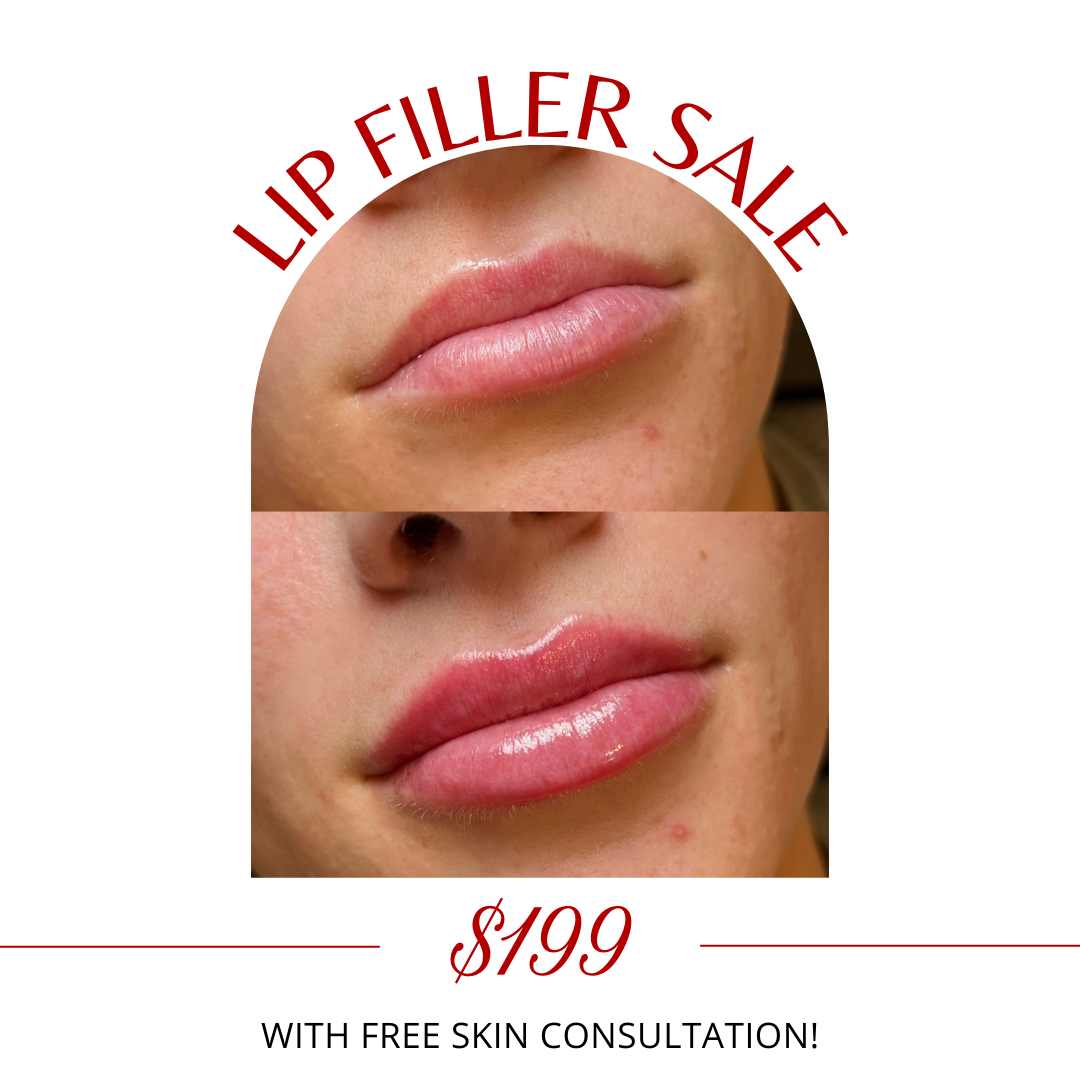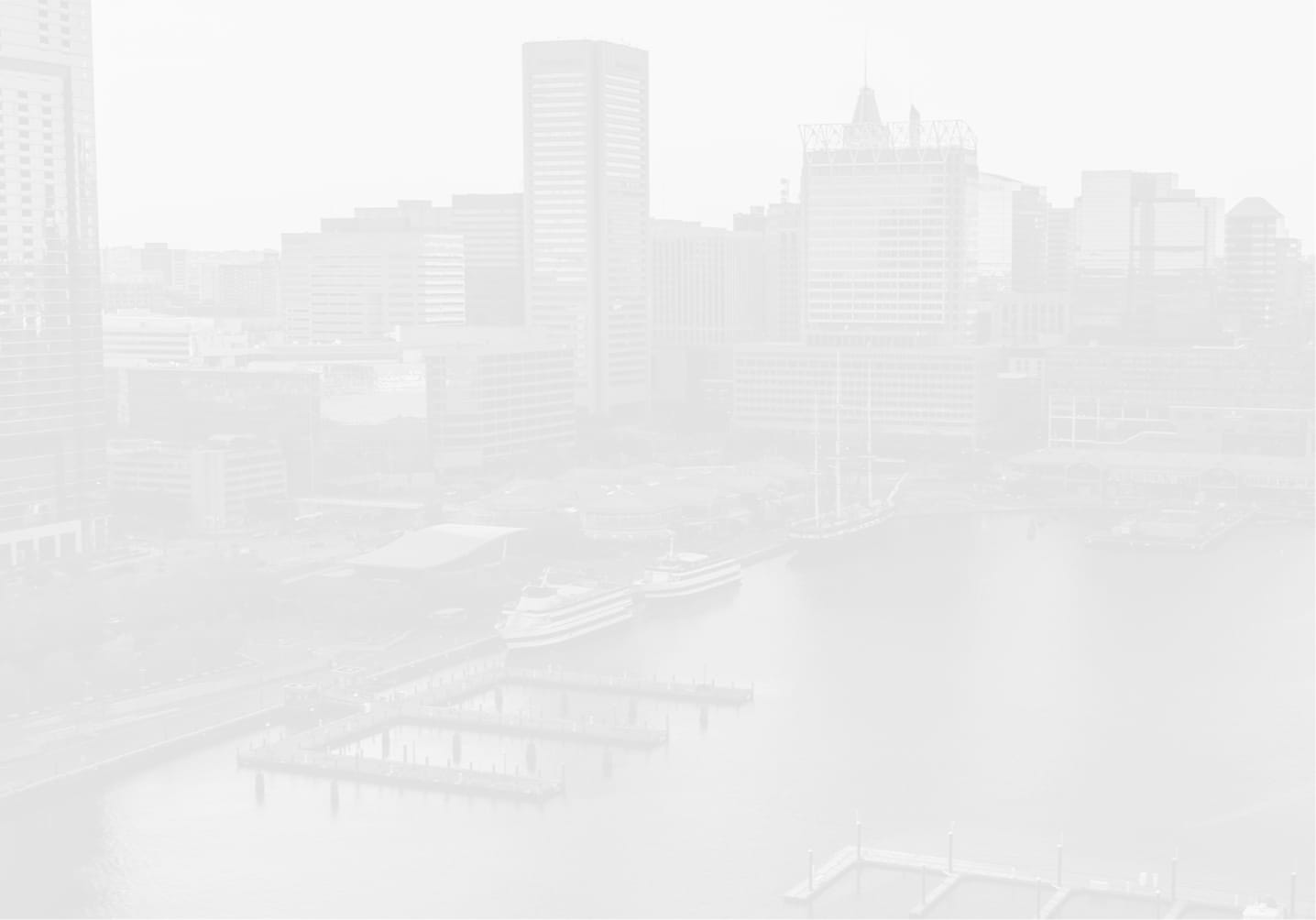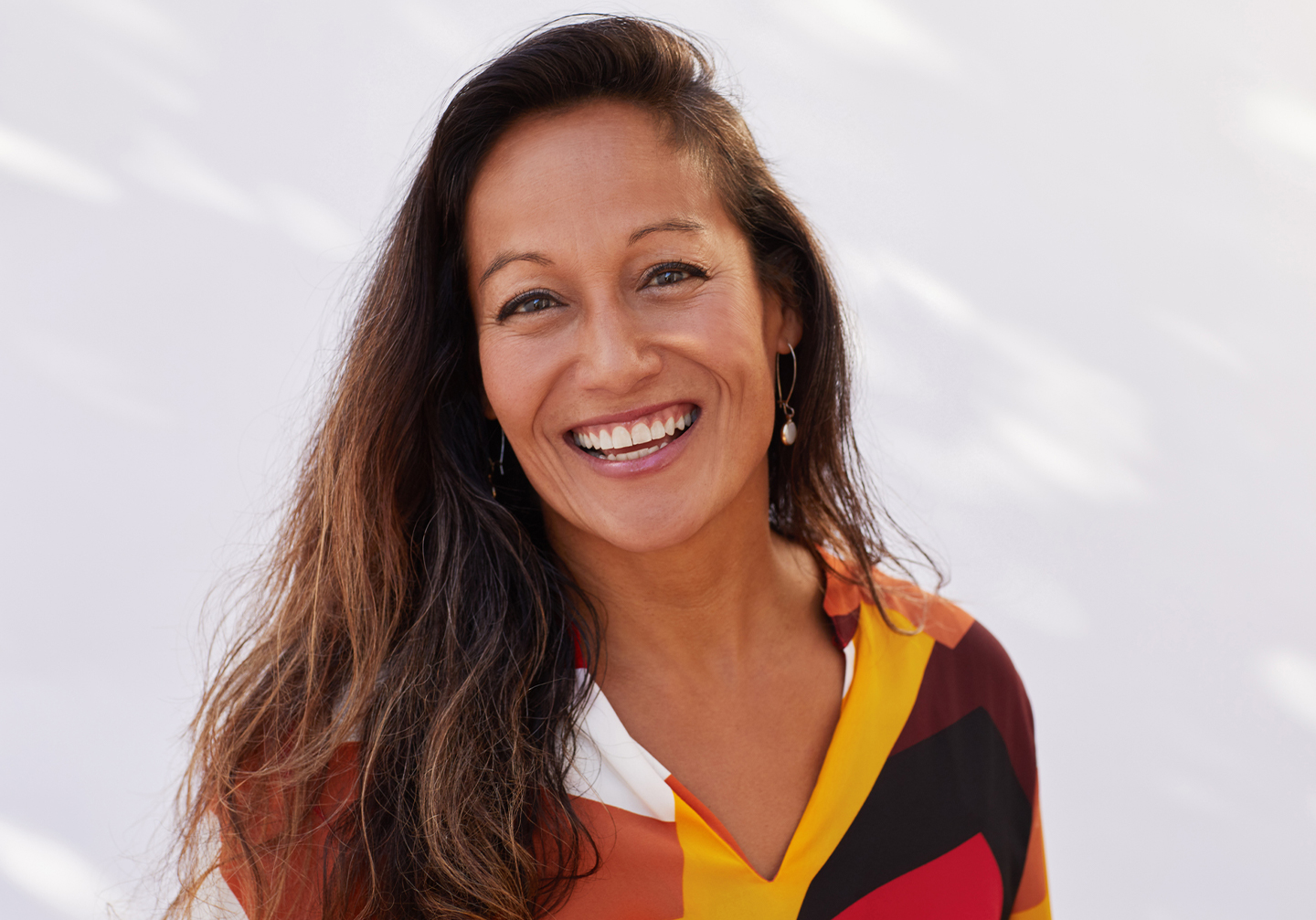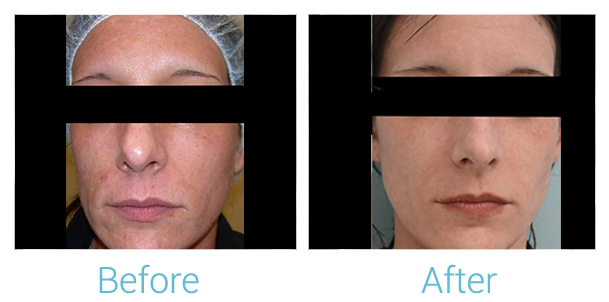If you have fine lines or wrinkles around your eyes or mouth or on your forehead shallow scars from acne, or non-responsive skin after a facelift, then you may be a good candidate for CO2 Laser Skin Resurfacing.

What Is CO2 Laser Skin Resurfacing?
This method has been used for years to treat different skin issues, including wrinkles, scars, warts, enlarged oil glands on the nose, and other conditions. The newest version of CO2 laser resurfacing uses very short pulsed light energy (known as ultrapulse) or continuous light beams that are delivered in a scanning pattern to remove thin layers of skin with minimal heat damage. Recovery takes up to two weeks.
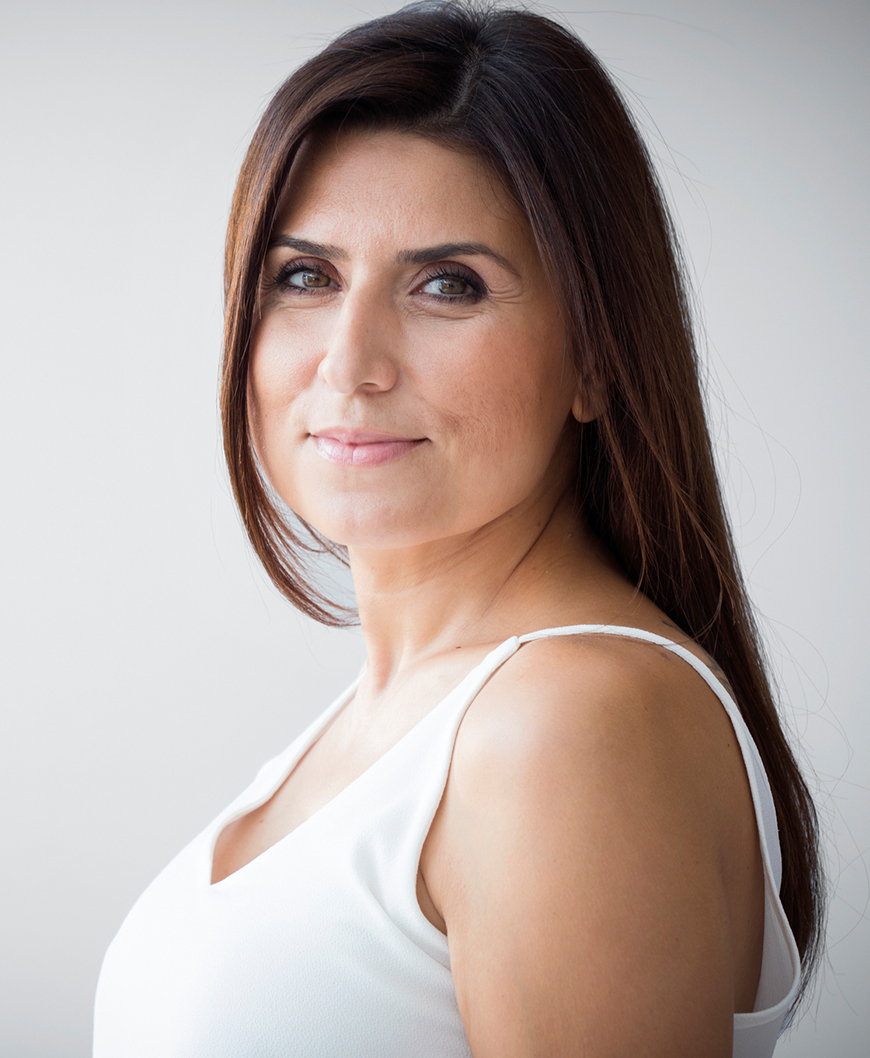
Am I a good Candidate for CO2 Laser Skin Resurfacing?
If you have acne or if you have very dark skin, you may not be a candidate. This technique is also not recommended for stretch marks. Tell the doctor if you get cold sores or fever blisters around your mouth. Laser skin resurfacing can trigger breakouts in people who are at risk.
View Our Before & After Gallery
In most cases, the surest testament to a surgeon’s skill is the visual result. Within our gallery, you’ll find many such testaments, allowing you to further decide if Dr. Birely is the surgeon for you.
View MoreHow long is recovery from CO2 Laser Skin Resurfacing after I receive treatment in your Bel Air or Lutherville location?
Generally, laser resurfacing is an outpatient procedure, meaning there is no overnight stay. Following the laser procedure, the doctor will bandage the treated area. Starting 24 hours after treatment, you will need to clean the treated area four to five times a day. Then you’ll need to apply an ointment, such as petroleum jelly, to prevent scabs from forming. This wound care is intended to prevent any scab formation. In general, the areas heal in 10 to 21 days, depending on the condition that was treated.
It’s normal to have swelling after laser skin resurfacing. Your doctor may prescribe steroids to manage swelling around your eyes. Sleeping on an extra pillow at night can help ease swelling. Putting an ice pack on the treated area also helps in the first 24 to 48 hours after laser resurfacing.
You may feel itching or stinging for 12 to 72 hours after the procedure. Five to seven days after laser resurfacing, your skin will become dry and peel.


